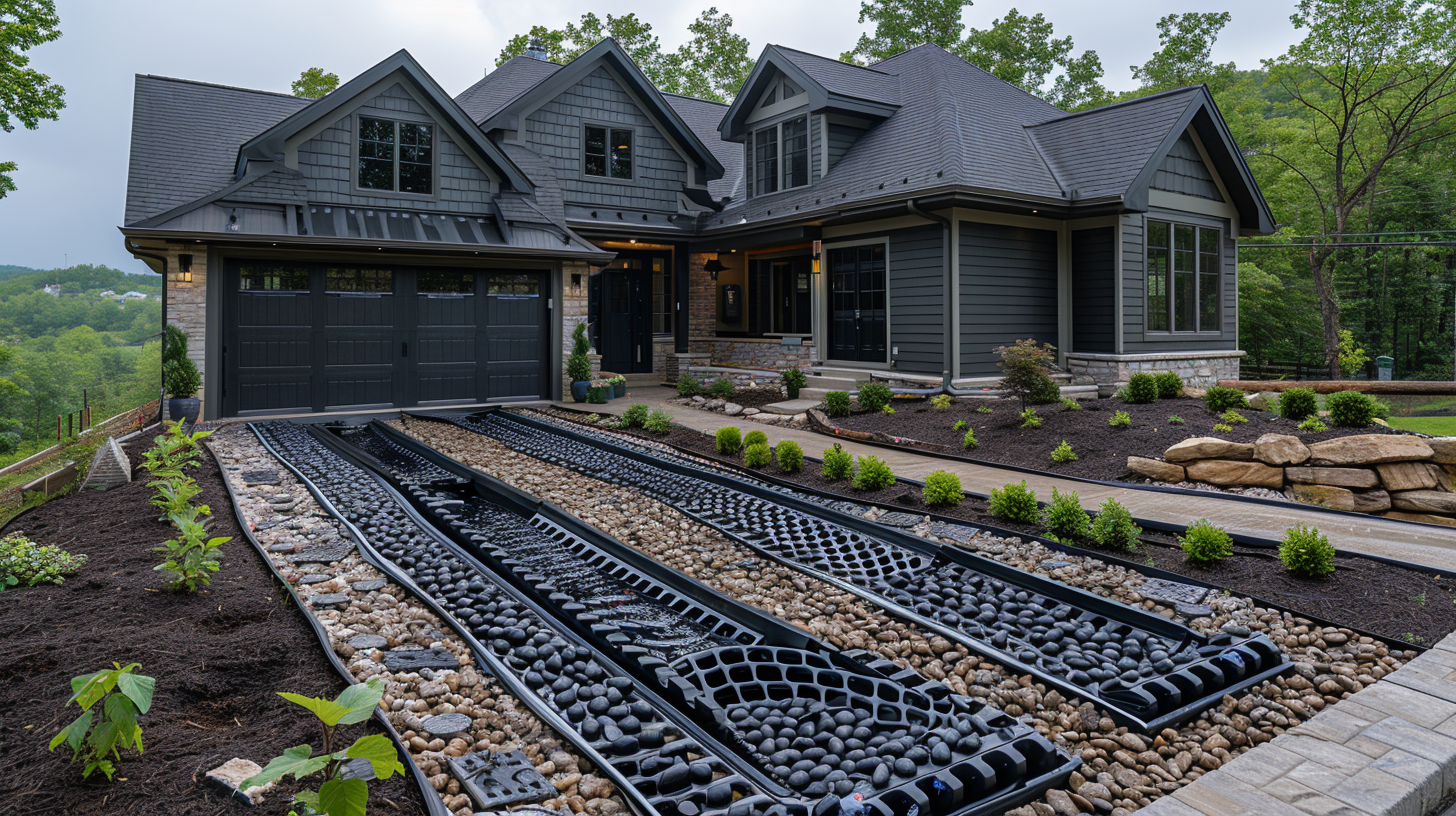Key Points
• An Infiltrator septic system is a modern choice instead of the usual gravel and pipe setup. It’s made up of easy-to-fit, tough parts that are also simple to keep up.
• The environmental efficiency of the infiltrator system stands out. It supports top-notch wastewater treatment by offering a big area for soil absorption and well-thought-out chambers that help clean water soak into the ground.
• Talking about saving money and lasting a long time, infiltrator systems score big. They often need less space and fewer big machines when you’re putting them in. This might mean spending less from the start and saving on upkeep as time goes on.
Contents
- 1 Key Points
- 2 Definition and Function
- 3 Comparison to Conventional Septic Systems
- 4 Design Principles of Infiltrator Systems
- 5 Spatial Requirements and Layout
- 6 Site Assessment for Infiltrator Systems
- 7 Water Table and Saturation Zones
- 8 Installation Process of Infiltrator Systems
- 9 Chamber Placement and Assembly
- 10 Benefits of Infiltrator Septic Systems
- 11 Longevity and Maintenance Considerations
- 12 Regulatory and Environmental Considerations
- 13 Impact on Groundwater Quality
- 14 Case Studies and Performance Analysis
- 15 Long-term Functionality Reports
- 16 Troubleshooting and Repair
- 17 Repair Techniques and System Upgrades
- 18 Upcoming Changes
Definition and Function
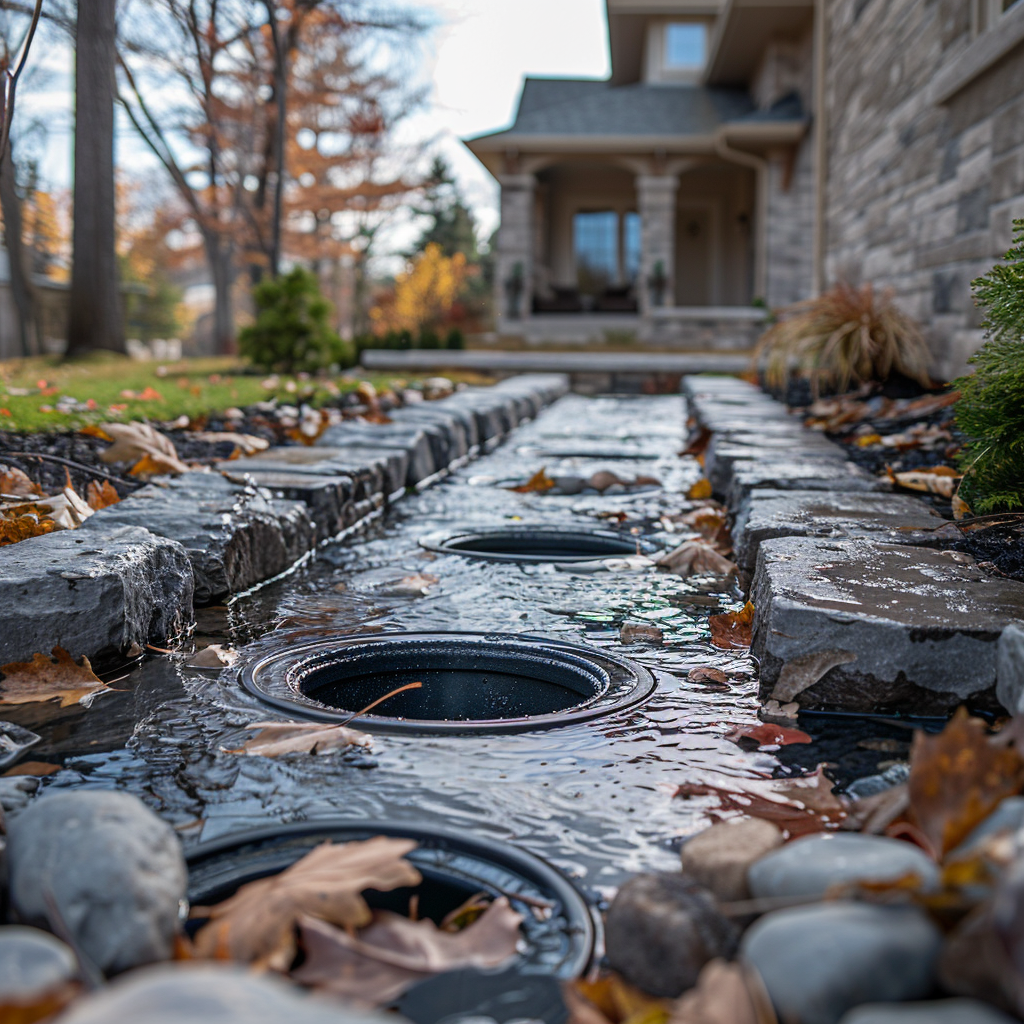
An Infiltrator septic system is a modern type of setup for treating wastewater at home. Unlike old-school septic tanks, these units speed up how quickly waste breaks down. They do this by making the perfect environment for bacteria to multiply and get to work.
Comparison to Conventional Septic Systems
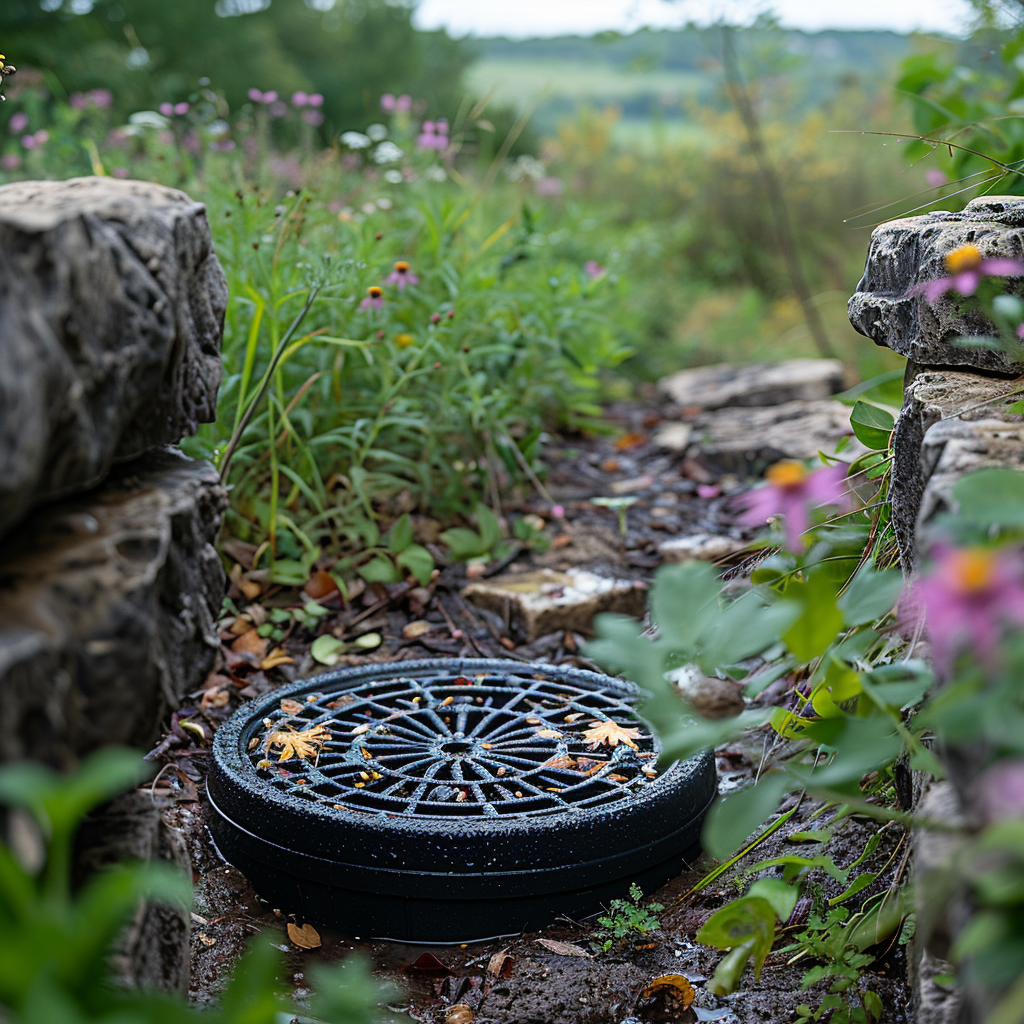
Infiltrator septic systems are more efficient than the classic ones. Their special chambers do a better job at handling wastewater compared to the plain old tank and drain field combo.
Design Principles of Infiltrator Systems

Infiltrator systems are made with tough polyethylene that lasts longer than concrete or fiberglass. They’re designed with chamber systems that touch more soil, which helps them treat waste better by letting in more air.
Spatial Requirements and Layout
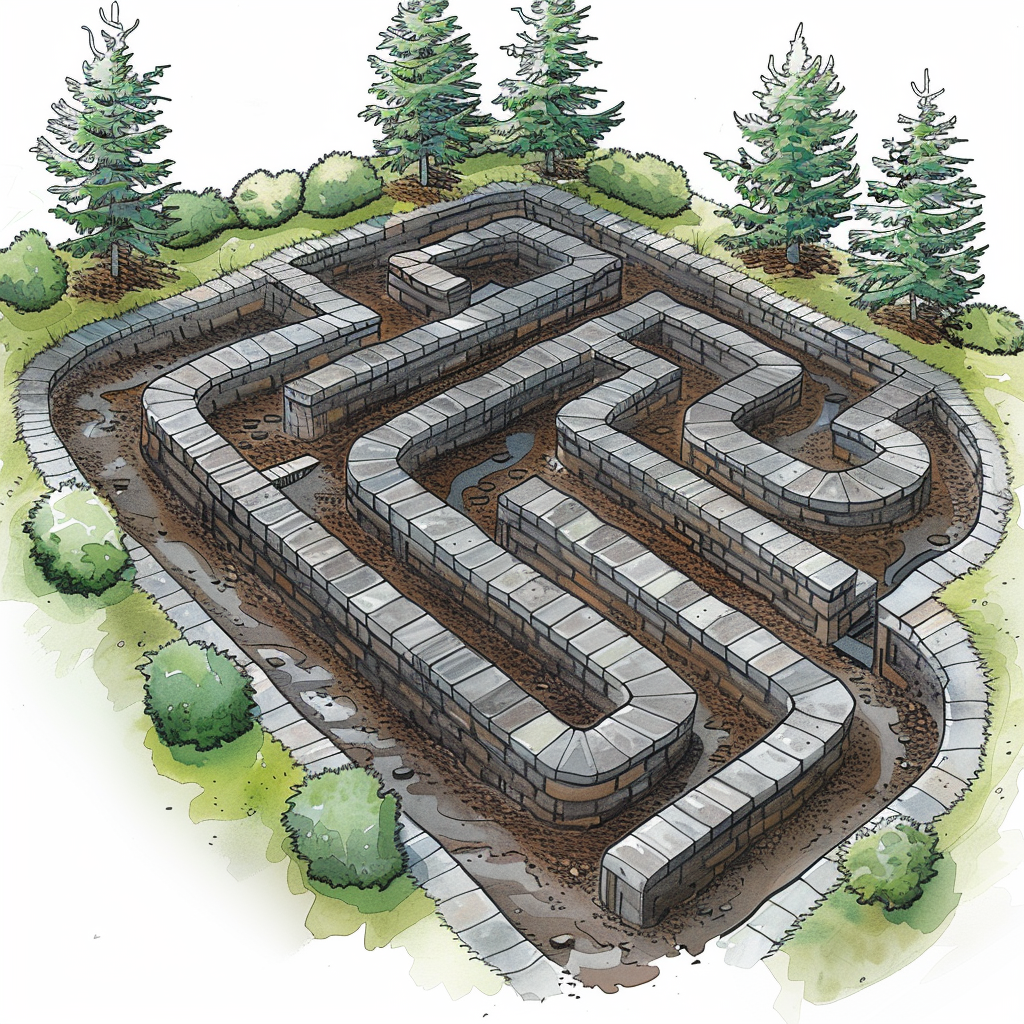
These setups need careful space planning. When putting them together, it’s important to think about the size of the land and its shape to guarantee that waste is managed well, no matter the place and its natural challenges.
Site Assessment for Infiltrator Systems
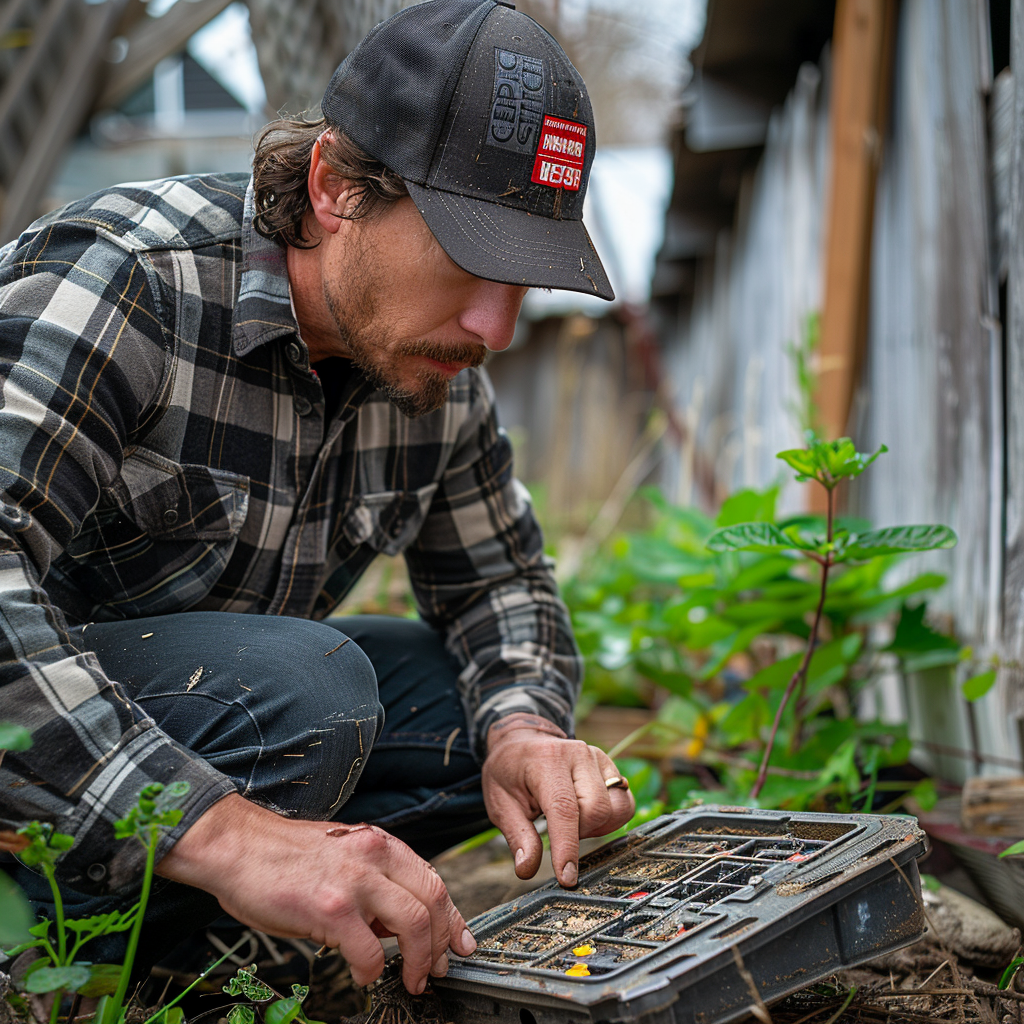
The type of soil is important because it changes how fast water filters through, which can impact how well waste is treated.
Doing a good assessment can help figure out the right design for the system based on what the soil is like.
Water Table and Saturation Zones
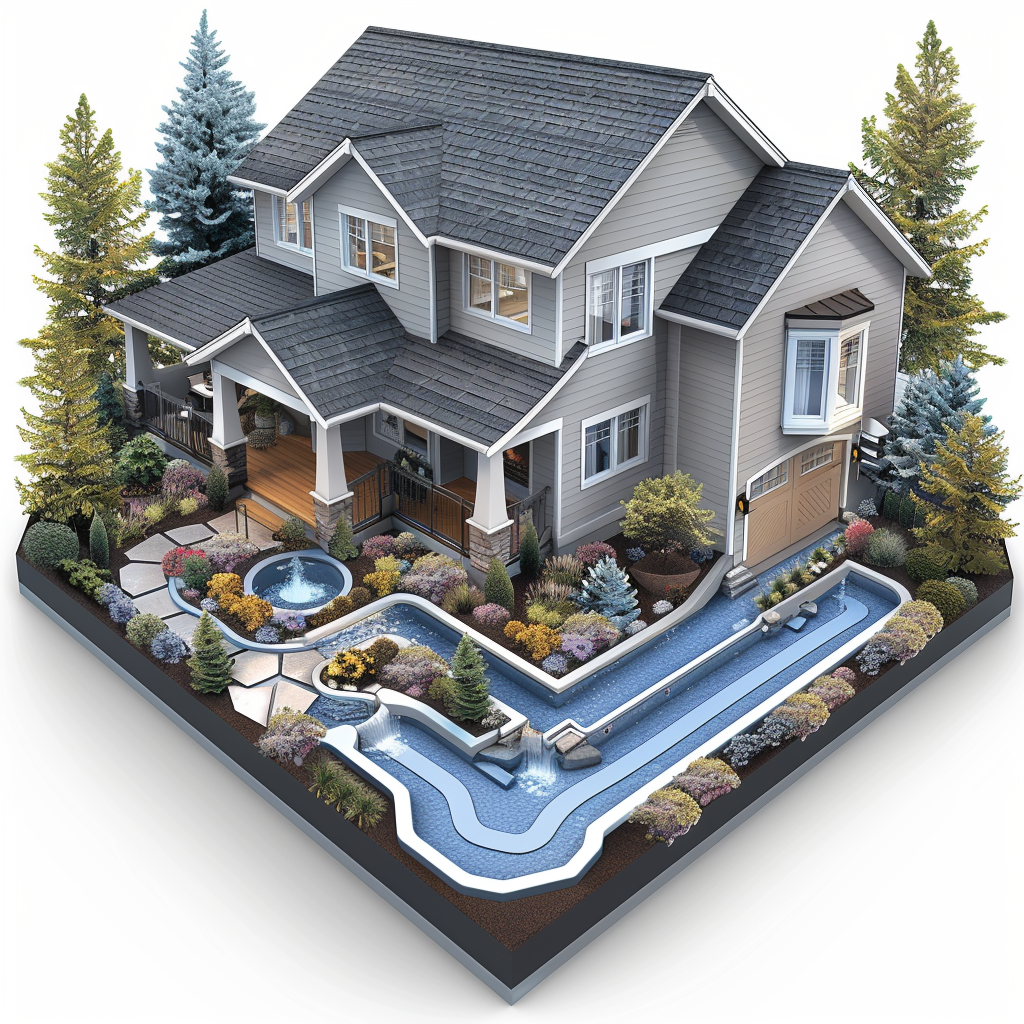
It’s crucial to check the water table level and saturation zones in your area because they determine how likely it is that groundwater might get polluted and affect where systems can be put in place.
Installation Process of Infiltrator Systems
Beginning with digging up the site, it’s crucial to prepare the ground well so the chambers fit right and work as they should.
Chamber Placement and Assembly
Follow these instructions closely to place the chambers. This will make sure they attach well and form a good route for the cleaned wastewater.
Benefits of Infiltrator Septic Systems
Infiltrator septic systems have chambers that filter better, so the water coming out is cleaner than what you’d get from most other septic systems out there.
Longevity and Maintenance Considerations
Sturdy materials help make these systems last longer and cut down on how often they need fixing. This is really important for anyone who has a septic system.
Regulatory and Environmental Considerations
The rules for installing things strictly follow the local health codes, so property owners can relax about following the law.
Impact on Groundwater Quality
These new systems are designed with a focus on safeguarding the quality of groundwater. This is vital for areas that depend on underground water sources for their drinking needs.
Case Studies and Performance Analysis
Real-world benefits of using Infiltrator systems have been proven through various case studies. They show these systems perform better than the old-school septic setups.
Long-term Functionality Reports
The data indicates our systems stay operational for a long amount of time, outlasting regular systems’ expected lifetimes. This makes them a solid choice for waste management in the long run.
Troubleshooting and Repair
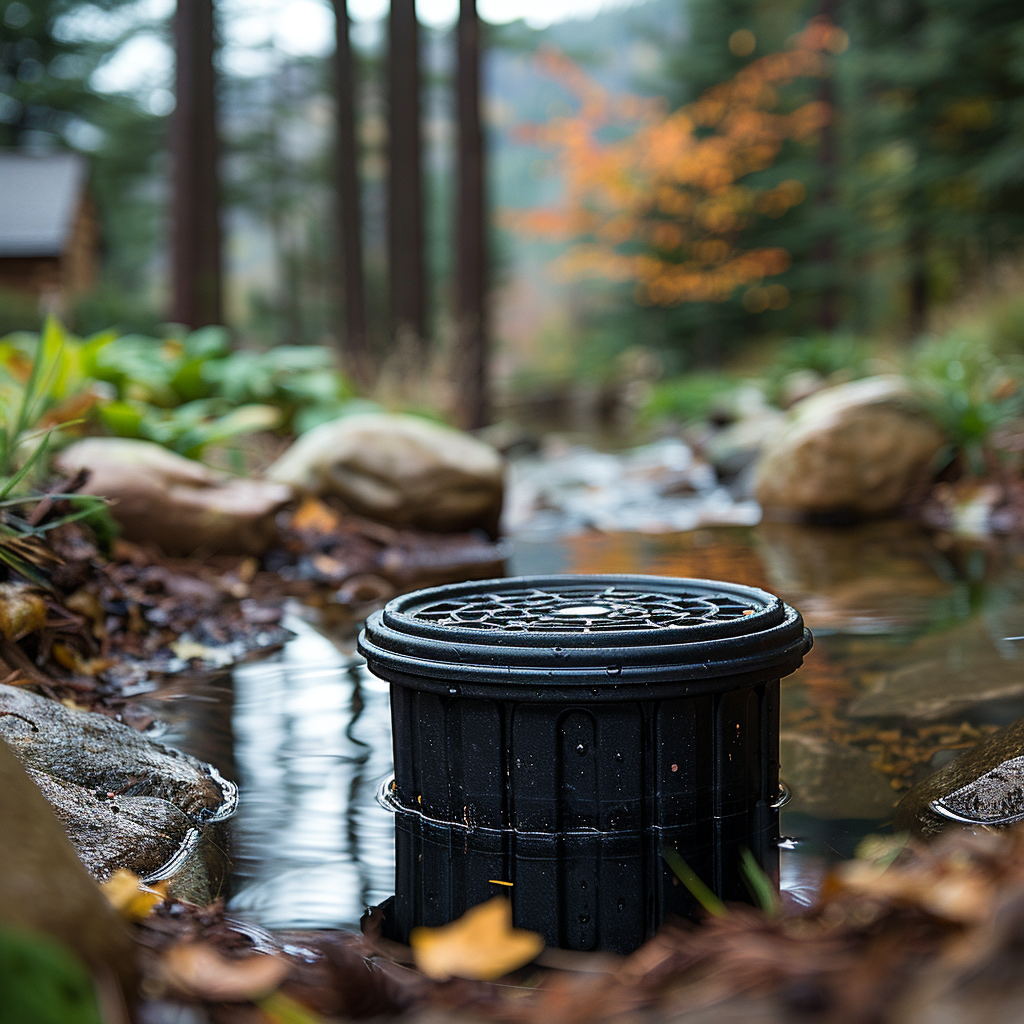
If you’re having problems with a system, the team in the Technical Services Department at Infiltrator Water Technologies is always ready to help out. They can guide you through fixing any issues.
Repair Techniques and System Upgrades
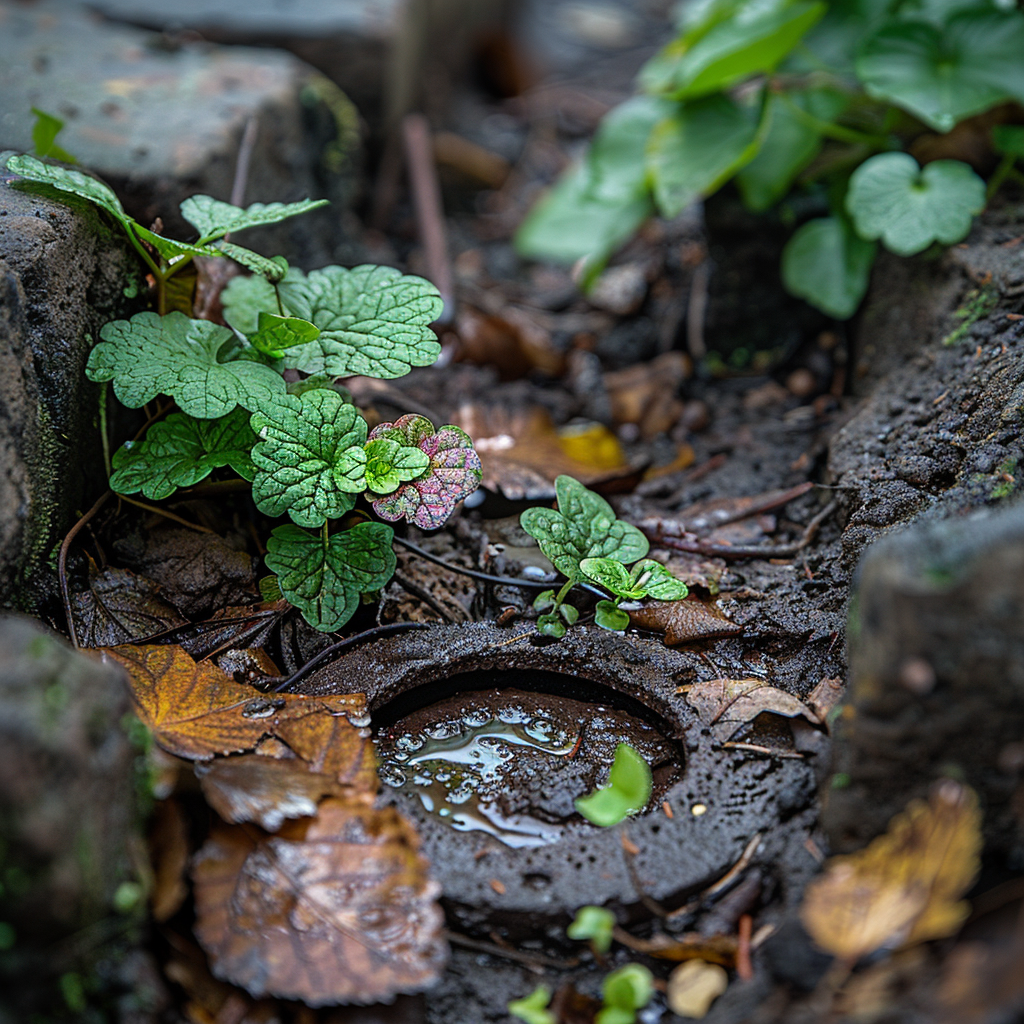
Different repair methods allow us to fix things fast, and we’ve got upgrades that can make old or weak systems better.
Infiltrator septic systems are becoming more popular with homeowners because they’re effective, safe for the environment, and long-lasting.
Upcoming Changes
New advancements in how we clean water mean things like the Infiltrator system will keep getting better. They’ll give people who care about dealing with trash safely and looking out for nature more reasons to use them.

I’m Tim Robberts, a seasoned wastewater treatment & septic system expert with over 40 years of experience in the field. My career began as a septic tank installer, and I quickly gained a reputation for my attention to detail and commitment to excellence. Over the years, I’ve honed my skills in designing, installing, and maintaining septic systems for residential and commercial properties.
